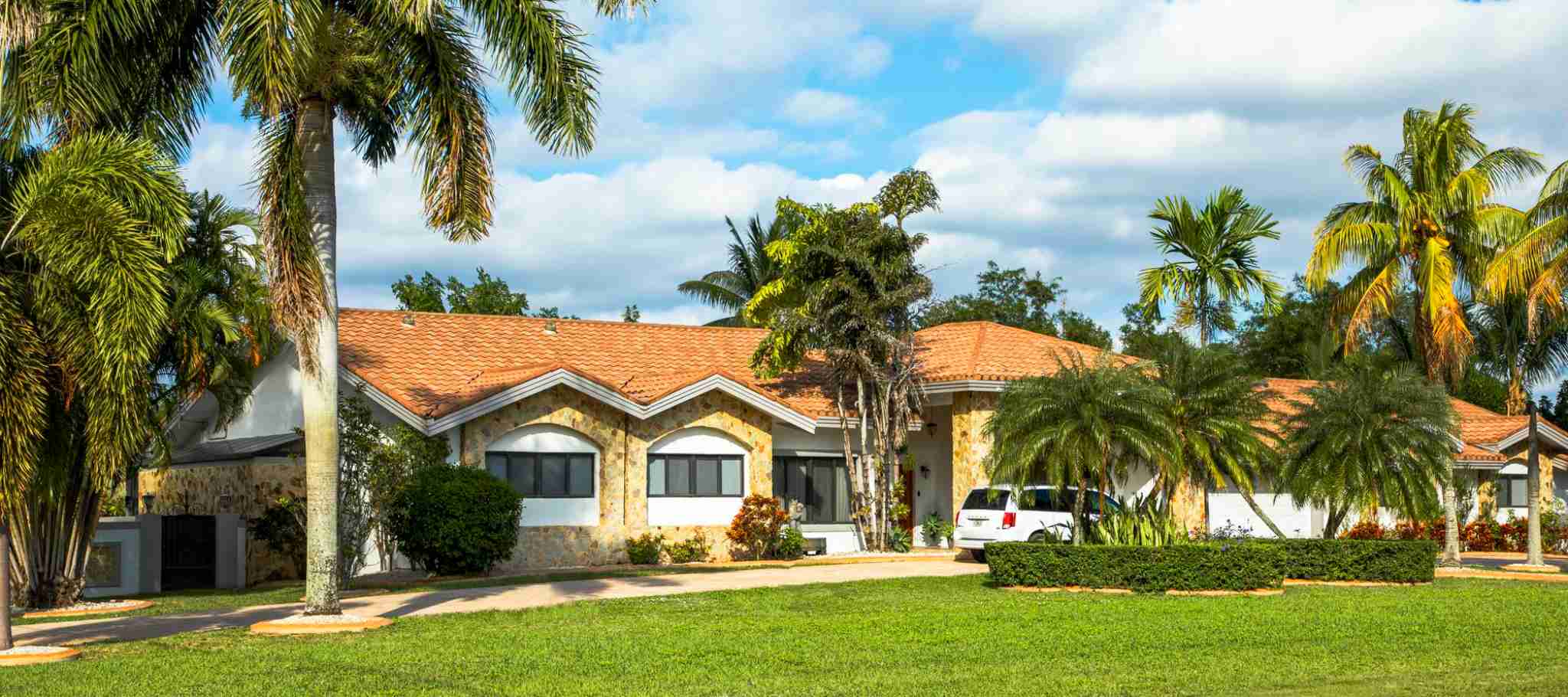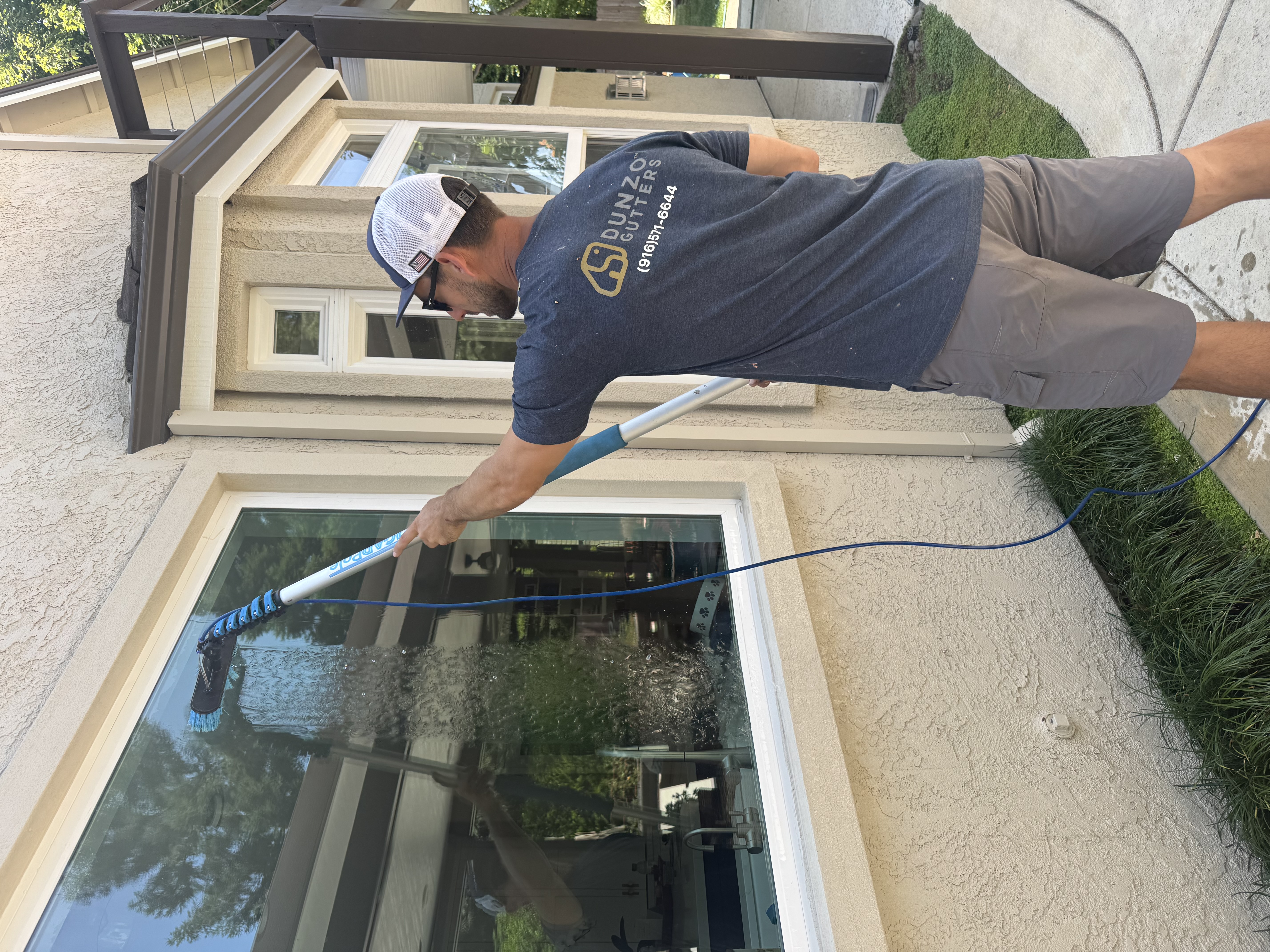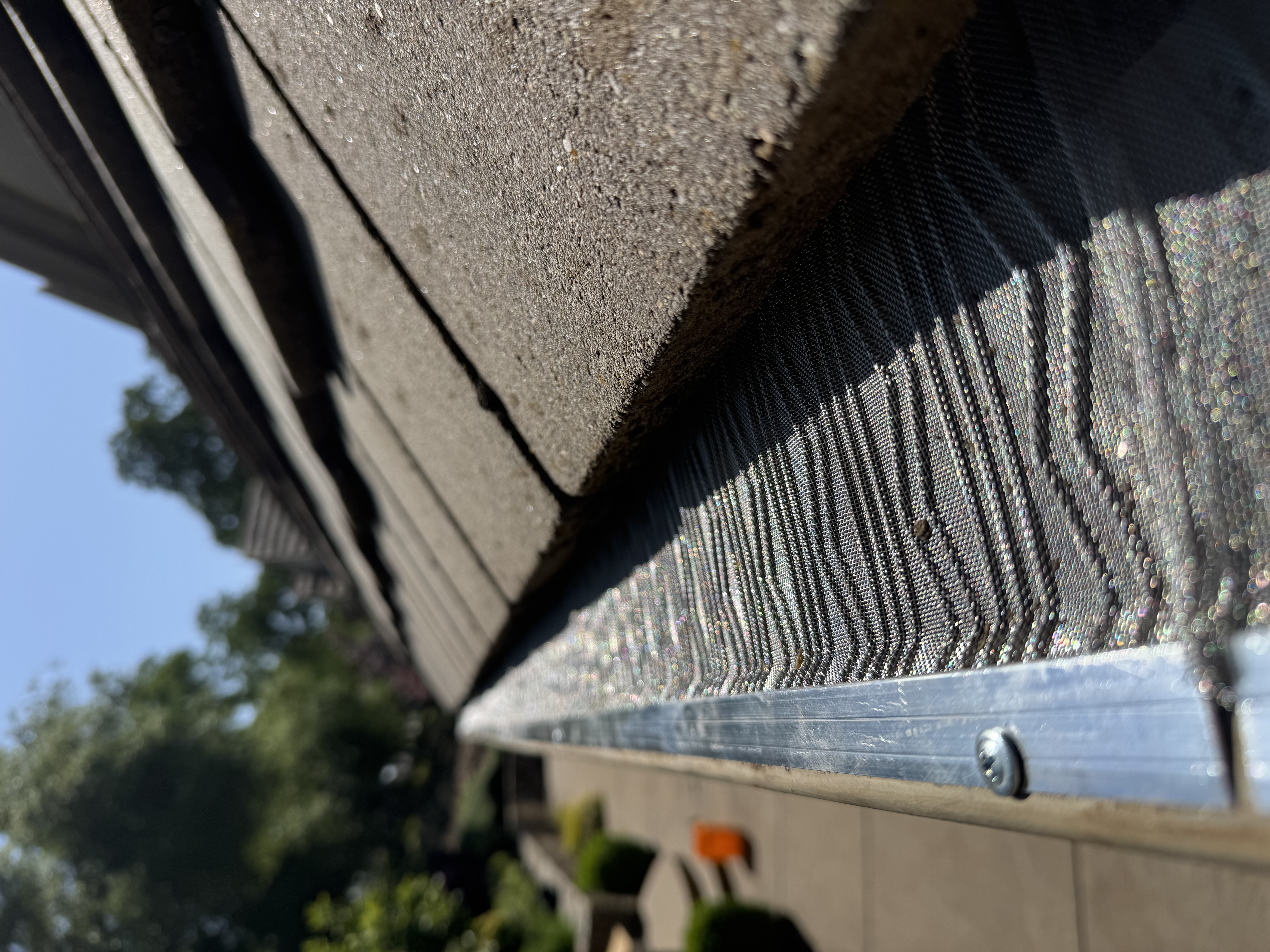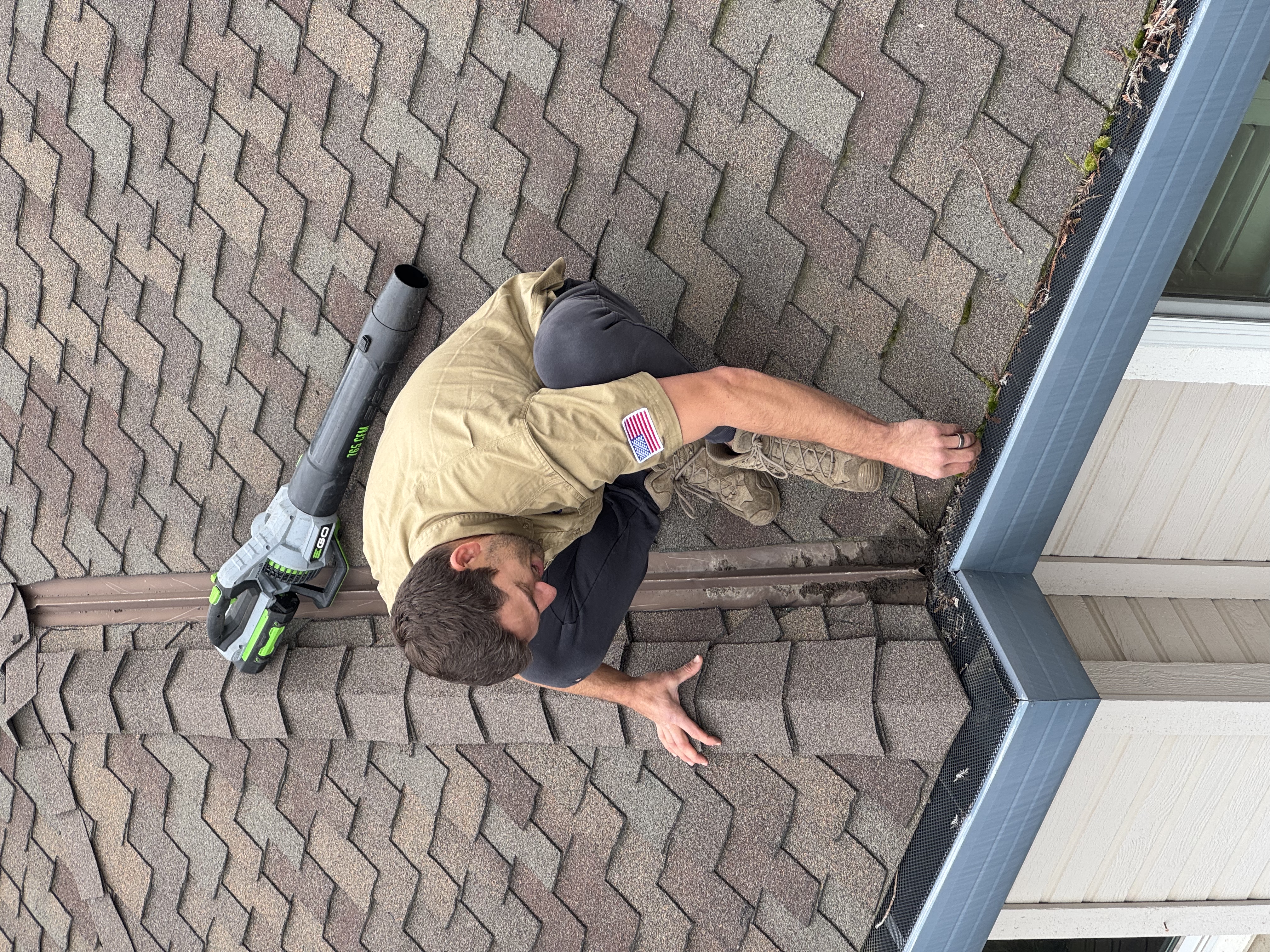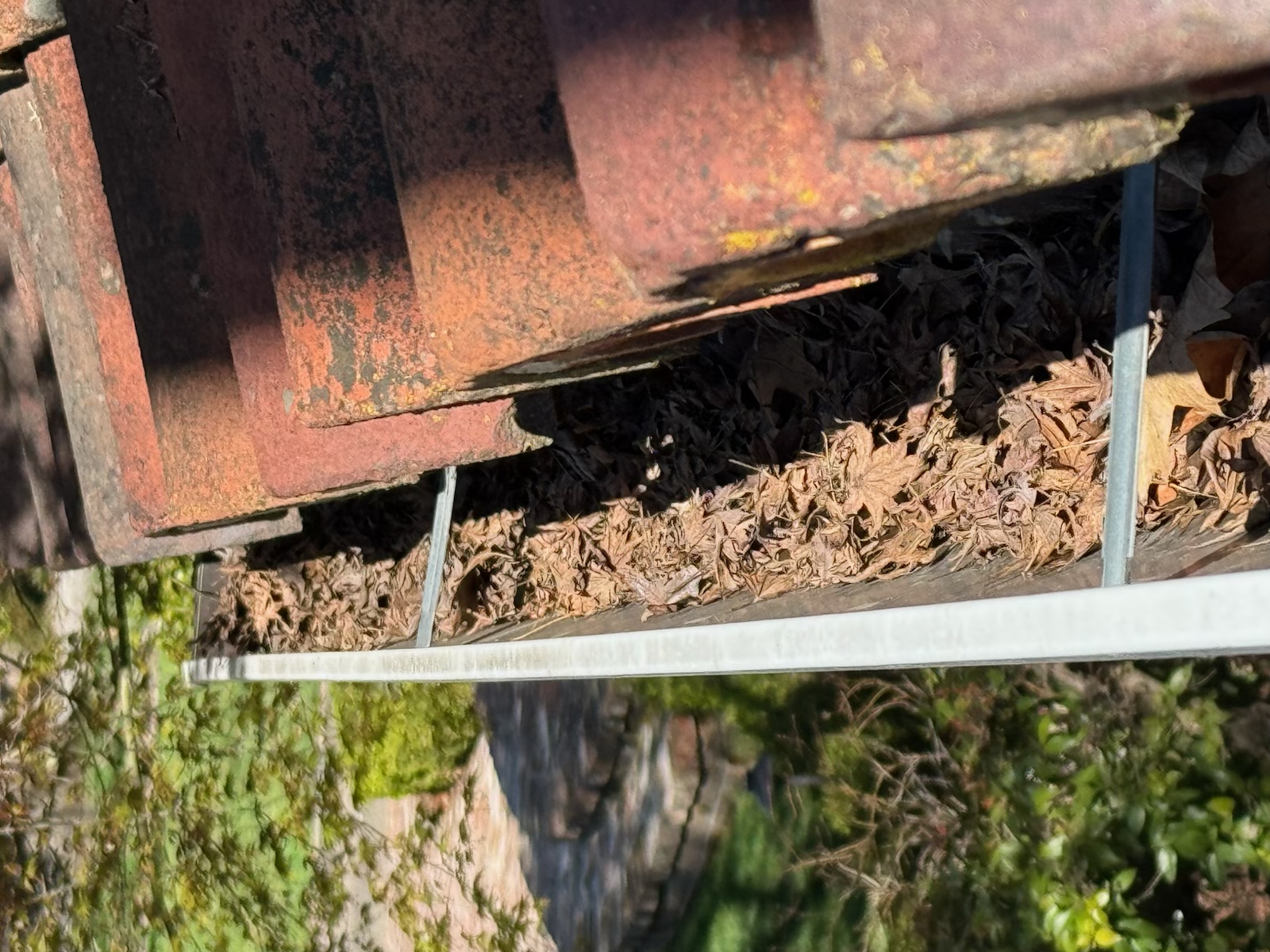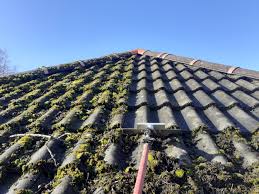
Can Moss Damage Roof Shingles or Tiles Over Time?
Moss may not look aggressive, but once it gets a foothold on your roof, it can quietly cause serious damage. Homeowners sometimes ignore it because it grows slowly, but over time, moss can compromise shingles, warp rooflines, and lead to expensive repairs if it’s not addressed early.
At Dunzo Gutters, we specialize in safe, effective moss removal without damaging your roof. Every visit includes a full inspection, honest recommendations, and service from experienced professionals who respect your home. Call (916) 571-6644 today to schedule a free quote or learn more about our moss removal services.
Why Moss is More Than Just a Visual Issue
Some homeowners treat moss as a cosmetic nuisance, like dirt or algae. But moss isn’t just a stain or surface discoloration. It grows outward and upward, but also inward by lifting shingles, creeping under edges, and holding on to moisture longer than your roof was designed to handle.
Shingles Don’t Dry Out Like They Should
Moss acts like a sponge. After it rains, the surface beneath it stays wet long after the rest of the roof has dried. This creates ideal conditions for rot, especially in areas with limited sun exposure. When moisture lingers beneath moss for weeks at a time, the roofing materials underneath begin to soften and break down.
As the roofing deteriorates, it becomes more vulnerable to leaks, mold, and pest issues. Left alone for too long, moss can cut years off the life of your shingles or tiles.
Granules and Protective Coatings Wear Away
Asphalt shingles rely on a gritty top layer of granules to protect against UV rays and weather. Moss weakens this protective layer by holding moisture and spreading tiny root-like structures across the surface. As it expands and contracts, it scrapes and loosens those granules.
Once that protective layer starts to thin, shingles lose their weather resistance and become more prone to cracking and curling. In colder climates, trapped moisture can freeze and lead to even more damage. While your region may not see snow regularly, shaded roofs still experience cold overnight temperatures that contribute to long-term wear.
What Happens When Moss Grows Under Shingles or Tiles?
Moss isn’t just a surface issue. As it thickens, it pushes up shingles or slips underneath them. Once that happens, the structure of your roofing system is compromised. Water can work its way under the underlayment, causing rot in the wood decking below.
Roof Tiles Can Crack or Shift
On tile or slate roofs, moss often grows between tiles and begins forcing them apart. This puts stress on the fastening system and may result in cracked, uneven, or even dislodged tiles. A single crack might not seem like a big deal at first, but it becomes a weak point for water entry that grows worse with time.
Valleys and Edges Are Most at Risk
Roof valleys, edges, and intersections where materials meet are especially vulnerable. These are places where debris naturally collects, and moss takes advantage of that buildup. If flashing becomes hidden under moss or debris, it may trap water in places where drainage was originally designed to flow freely.
These trouble spots are often missed from the ground, which is why regular inspections and safe moss removal techniques are so important. If you’re dealing with heavy buildup, consider professional roof moss removal in Sacramento or your nearest service area.
Why DIY Moss Removal Can Make It Worse
Many homeowners make the mistake of pressure washing or scrubbing moss off the roof themselves. This can cause more damage than the moss ever did. High-pressure washing dislodges shingles, strips protective coatings, and sends water where it doesn’t belong.
Even some chemical treatments can cause discoloration or harm your landscaping. A better solution is a soft-wash approach with gentle tools and expert hands that know how to protect the roof while solving the problem.
How to Prevent Moss From Coming Back
If you’ve recently had your roof cleaned, or are about to, there are a few things you can do to reduce the chances of moss returning.
Keep Gutters and Downspouts Clear
Clogged gutters create overflow that soaks rooflines and keeps edges wet longer than necessary. Routine cleaning allows your roof to dry faster and reduces moisture buildup. It’s one of the most effective preventative measures, and it’s especially important in shaded or wooded neighborhoods.
Pairing moss removal with proper gutter care helps eliminate the conditions moss needs to return. If you’re in Placer County or nearby, you can request Roseville roof moss removal alongside a full gutter cleaning.
Trim Overhanging Branches
Tree cover may offer nice shade, but too much shade traps moisture and limits airflow. Trimming back branches allows more sunlight to hit the roof and encourages natural drying.
Avoid Leaf Buildup on the Roof
Leaves, pine needles, and other debris often collect on roof valleys and near chimneys. These materials break down and create a damp, organic layer that moss loves. Keeping that debris cleared away makes a big difference in how fast moss can reappear.
Let Dunzo Handle It Before It Spreads
The longer moss stays on your roof, the harder it is to remove without damaging something underneath. Acting early can help you avoid replacing shingles, repairing underlayment, or dealing with costly structural issues down the road. We know how to remove moss the right way and prevent it from coming back too soon.
Call (916) 571-6644 to schedule your free inspection. We’ll walk your roofline, show you what’s going on, and give you a same-day quote with no pressure. Whether you need a light cleaning or full-service roof moss removal in Sacramento, Dunzo Gutters is ready to help. Let us take it from here.
